Contents
- 1 The Sinking of the Titanic Board Game: An Interactive Historical Strategy Game
- 1.1 Overview of the Game
- 1.2 Historical Background
- 1.3 Game Mechanics
- 1.4 Strategic Decision-Making
- 1.5 Simulation of the Shipwreck
- 1.6 Role-Playing and Character Development
- 1.7 Historical Accuracy
- 1.8 Educational Value
- 1.9 Video:The Sinking of the Titanic Board Game: An Interactive Historical Strategy Game
The Sinking of the Titanic Board Game: An Interactive Historical Strategy Game
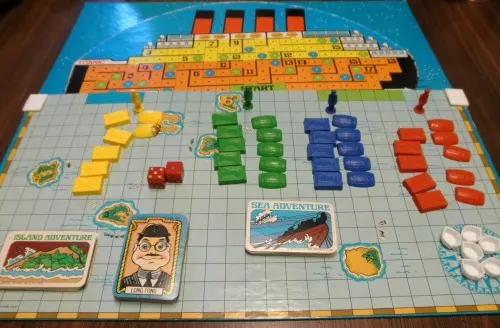
Step aboard the Titanic and relive the tragic events of April 15, 1912, with “The Sinking of the Titanic Board Game.” This immersive and interactive historical strategy game allows players to experience the excitement and tension of the fateful voyage.
In this game, players take on the roles of passengers, crew members, or even the captain, as they navigate the luxurious decks of the Titanic. Each player must make critical decisions and face the challenges that arise during the voyage, such as avoiding icebergs, managing limited resources, and ensuring the safety of passengers.
With stunning attention to detail, “The Sinking of the Titanic Board Game” recreates the grandeur of the ship and the atmosphere of the era. The game features beautifully designed game pieces, including miniature replicas of the Titanic and its lifeboats, as well as historically accurate cards and game boards.
Whether you’re a history enthusiast, a strategy game lover, or simply looking for a unique and engaging experience, “The Sinking of the Titanic Board Game” offers an unforgettable journey through one of the most iconic disasters in history. Will you be able to steer the ship to safety or will you succumb to the icy depths of the Atlantic? The choice is yours in this gripping and immersive game.
Overview of the Game
The Sinking of the Titanic Board Game is an interactive historical strategy game that allows players to experience the tragic events of the Titanic’s sinking in a unique and engaging way. This game is designed for players who are interested in history and enjoy strategic decision-making.
Objective

The objective of the game is to navigate the Titanic through the treacherous waters of the North Atlantic and safely reach New York City. Players must make strategic decisions to avoid icebergs, manage resources, and rescue passengers, all while dealing with the limited information available to them.
Game Components
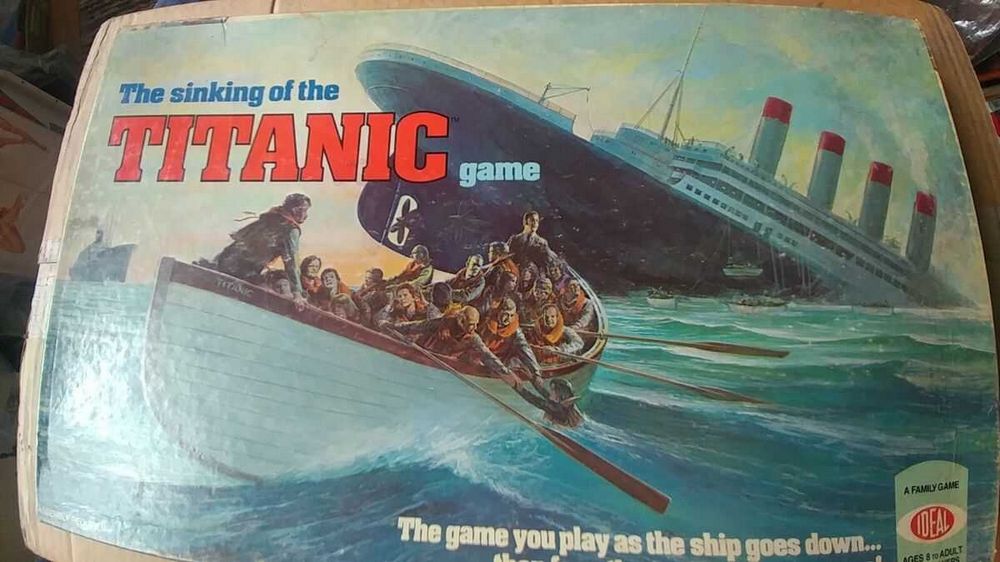
The game includes a game board depicting the Titanic’s route, playing cards representing various events and actions, resource tokens, and passenger tokens. The game board is divided into different zones, each representing a different part of the ship.
Gameplay
Players take turns drawing cards and making decisions based on the events and actions depicted on the cards. They must carefully manage their resources, such as fuel and lifeboats, to ensure the survival of as many passengers as possible. The game also includes hidden information, adding an element of uncertainty and suspense.
Players can choose to play as different roles, such as the captain, crew member, or passenger, each with their own unique abilities and objectives. The game offers multiple scenarios and difficulty levels, allowing players to tailor their experience to their preferences.
Conclusion

The Sinking of the Titanic Board Game offers a captivating and immersive experience that allows players to relive the tragic events of the Titanic’s sinking. With its historical accuracy and strategic gameplay, this game is sure to appeal to both history enthusiasts and board game lovers alike.
| Components | Players | Duration |
|---|---|---|
| Game board, playing cards, resource tokens, passenger tokens | 2-4 | 60-90 minutes |
Historical Background
The sinking of the Titanic is one of the most infamous maritime disasters in history. On April 15, 1912, the luxurious British passenger liner, RMS Titanic, collided with an iceberg and sank, resulting in the deaths of over 1,500 people.
The Titanic was built by the White Star Line and was considered to be the largest and most luxurious ship of its time. It was designed to be unsinkable, with advanced safety features such as watertight compartments and a double-bottomed hull. However, these precautions proved to be insufficient when the ship struck an iceberg on its maiden voyage from Southampton to New York City.
The sinking of the Titanic had a profound impact on maritime safety regulations. It exposed the flaws in the existing safety measures and led to the implementation of new rules and regulations to prevent similar disasters in the future. The tragedy also highlighted the class divisions of the time, as the majority of the casualties were from the lower classes, while the upper-class passengers were given priority access to lifeboats.
Causes of the Sinking
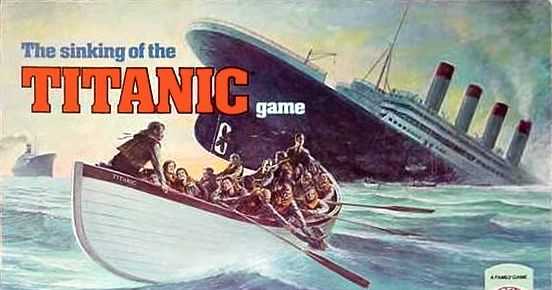
There were several factors that contributed to the sinking of the Titanic. One of the main causes was the excessive speed at which the ship was traveling, despite receiving warnings about ice in the area. The lack of binoculars for the lookouts and the failure to spot the iceberg in time also played a role in the disaster.
Legacy of the Titanic

The sinking of the Titanic remains a symbol of human hubris and the dangers of overconfidence. It serves as a reminder of the importance of safety precautions and the need for constant vigilance in the face of potential dangers. The story of the Titanic has captured the public’s imagination and has been the subject of numerous books, films, and documentaries.
The sinking of the Titanic is a tragic event that continues to fascinate and educate people about the dangers of the sea. The board game “The Sinking of the Titanic” allows players to experience the challenges and decisions faced by the crew and passengers during that fateful night, providing a unique and immersive historical experience.
Game Mechanics
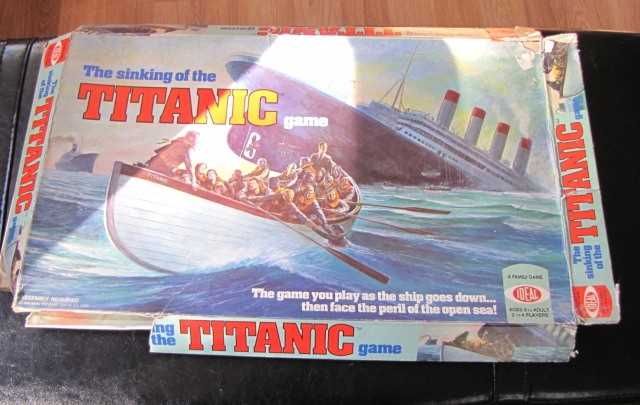
The Sinking of the Titanic Board Game is an interactive historical strategy game that allows players to experience the events leading up to the sinking of the RMS Titanic. The game mechanics are designed to provide a realistic and immersive experience for players.
Turn-based Gameplay
The game is played in turns, with each player taking actions and making decisions based on the current state of the game. Players can choose to take various actions, such as moving their character, interacting with other players or objects, or making strategic decisions.
Resource Management
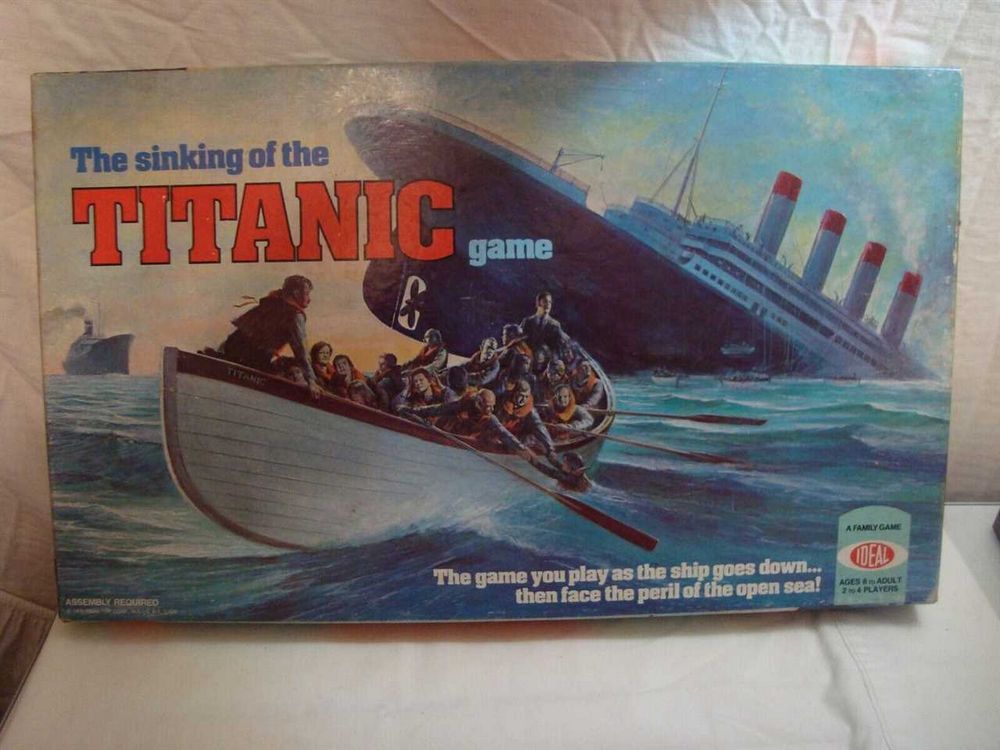
Players must manage their resources effectively in order to survive and succeed in the game. Resources include food, water, and other supplies that are necessary for survival. Players must make strategic decisions about how to allocate their resources and when to use them.
Additionally, players must also manage their time effectively. Time is a limited resource in the game, and players must make decisions about how to spend their time wisely in order to accomplish their goals.
Decision-making
The game is filled with decision-making opportunities, where players must make choices that will impact the outcome of the game. These decisions can range from small choices, such as which room to explore next, to larger choices, such as whether to help other players or prioritize their own survival.
Players must consider the potential consequences of their decisions and weigh the risks and rewards. The game presents players with challenging scenarios and forces them to think strategically in order to make the best decisions.
Collaboration and Competition
The game allows for both collaboration and competition among players. While players must work together to survive and accomplish certain goals, they also have their own individual objectives and may need to compete with other players to achieve them.
Players can form alliances, trade resources, and work together to overcome challenges. However, they must also be wary of other players and their intentions, as not everyone may have the same goals in mind.
The game mechanics of The Sinking of the Titanic Board Game create a dynamic and engaging experience for players, allowing them to immerse themselves in the historical events and make strategic decisions that will determine their fate.
Strategic Decision-Making
Strategic decision-making is a crucial aspect of The Sinking of the Titanic board game. Players are tasked with making strategic choices that will ultimately determine the outcome of the game. These decisions require careful consideration and analysis of various factors, such as available resources, potential risks, and long-term goals.
One of the key strategic decisions players must make is how to allocate their resources. Each player is given a limited number of actions per turn, and it is up to them to decide how to best utilize these actions. They may choose to focus on gathering supplies, repairing the ship, or rescuing passengers. The allocation of resources can greatly impact the player’s chances of survival and success in the game.
Another important strategic decision is how to navigate the ship. Players must carefully choose their route, taking into account factors such as icebergs, weather conditions, and other obstacles. Making the wrong decision can lead to disaster, while making the right decision can ensure the safety of the ship and its passengers.
Furthermore, players must also consider the potential risks and rewards of their decisions. For example, they may choose to take a risk and venture into dangerous waters in search of valuable resources. However, this decision comes with the potential for disaster, as the ship may encounter icebergs or other hazards. On the other hand, players may choose to play it safe and avoid risky situations, but this may limit their opportunities for success.
Ultimately, strategic decision-making is at the core of The Sinking of the Titanic board game. Players must carefully analyze the available information, weigh the potential risks and rewards, and make choices that will lead them to victory. The game provides a unique opportunity to experience the challenges and complexities of strategic decision-making in a historical context.
Simulation of the Shipwreck
The sinking of the Titanic is one of the most infamous maritime disasters in history. The tragedy has captured the imagination of people around the world, and now you can experience the events leading up to the shipwreck with the interactive board game, “The Sinking of the Titanic.”
In this game, players take on the roles of passengers and crew members aboard the ill-fated ship. As you navigate the game board, you will face various challenges and make critical decisions that will ultimately determine your fate. Will you be one of the lucky few who survive, or will you meet a tragic end in the icy waters of the Atlantic?
Realism and Historical Accuracy
The creators of “The Sinking of the Titanic” have gone to great lengths to ensure that the game is as realistic and historically accurate as possible. Extensive research has been conducted to recreate the ship’s layout, passenger demographics, and even the weather conditions on the night of the disaster.
By incorporating these details into the gameplay, players can gain a deeper understanding of the events that unfolded on that fateful night in April 1912. The game serves as a valuable educational tool, allowing players to learn about the Titanic and the human stories behind the tragedy.
Decision-Making and Strategy
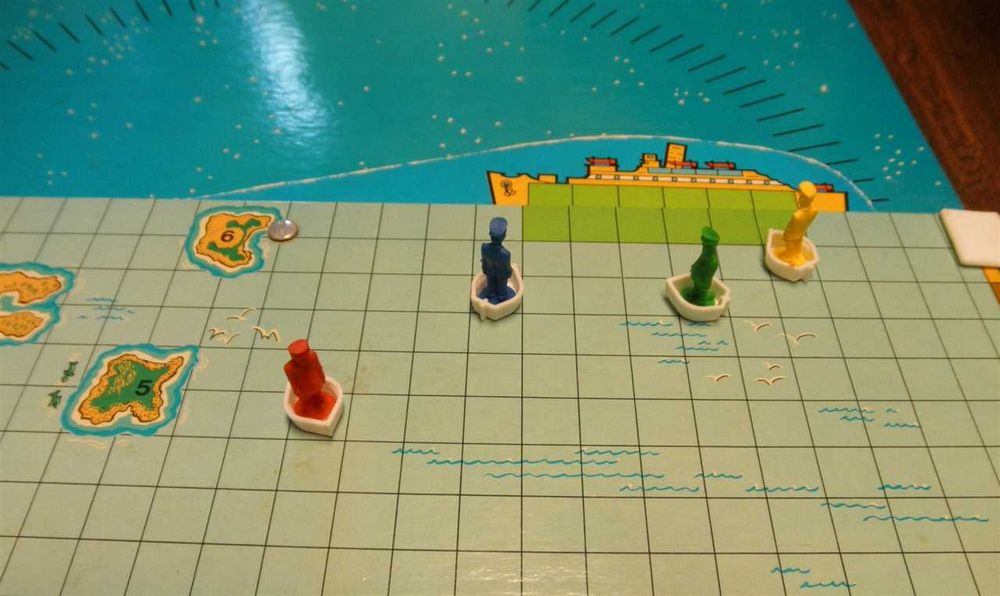
As you progress through the game, you will be faced with a series of decisions that will test your strategic thinking and problem-solving skills. Will you choose to board a lifeboat early, potentially saving your life but leaving others behind? Or will you stay on the ship, hoping for a miracle?
Each decision you make will have consequences, and the outcome of the game will depend on your ability to make wise choices under pressure. The simulation aspect of the game adds an element of suspense and realism, allowing players to experience the same sense of urgency and fear that the Titanic passengers must have felt.
Experience the Tragedy
By playing “The Sinking of the Titanic,” you can gain a unique perspective on one of the most significant events in history. The game offers a compelling blend of education and entertainment, allowing players to immerse themselves in the story of the Titanic and its passengers.
Whether you are a history enthusiast or simply looking for a challenging and engaging board game, “The Sinking of the Titanic” is sure to provide an unforgettable experience. Step aboard the ship and see if you have what it takes to survive the shipwreck.
Role-Playing and Character Development

In The Sinking of the Titanic Board Game, players have the opportunity to engage in role-playing and character development as they navigate the challenges and decisions faced by the passengers and crew aboard the ill-fated ship. Each player takes on the role of a specific character, such as a wealthy passenger, a crew member, or even a member of the Titanic’s band.
The game provides players with a detailed background for each character, including their personal history, motivations, and relationships with other characters. This allows players to immerse themselves in the world of the Titanic and make decisions based on their character’s unique perspective and goals.
Throughout the game, players will encounter various events and scenarios that require them to make choices that can impact the outcome of the game. These choices may involve helping other characters, managing limited resources, or making difficult decisions in the face of impending disaster.
Character development is an important aspect of the game, as players have the opportunity to see their character grow and change over the course of the game. As they navigate the challenges of the sinking ship, players can develop their character’s skills and abilities, forge new alliances, and even form romantic relationships.
The role-playing aspect of the game adds a layer of depth and immersion, allowing players to connect with the characters and experience the tragedy of the Titanic in a personal way. By stepping into the shoes of these characters, players gain a deeper understanding of the historical events and the human stories behind them.
| Role-Playing Features | Benefits |
|---|---|
| Character backgrounds and motivations | Enhances immersion and decision-making |
| Choices and consequences | Creates a dynamic and engaging gameplay experience |
| Character growth and development | Allows for personal investment and attachment to the game |
| Historical context and storytelling | Provides educational value and a deeper understanding of the Titanic tragedy |
Overall, role-playing and character development are key elements of The Sinking of the Titanic Board Game, adding depth, immersion, and a personal connection to the historical events being portrayed. Whether players choose to save lives, sacrifice themselves, or simply survive, the game offers a unique and engaging experience that brings the story of the Titanic to life.
Historical Accuracy
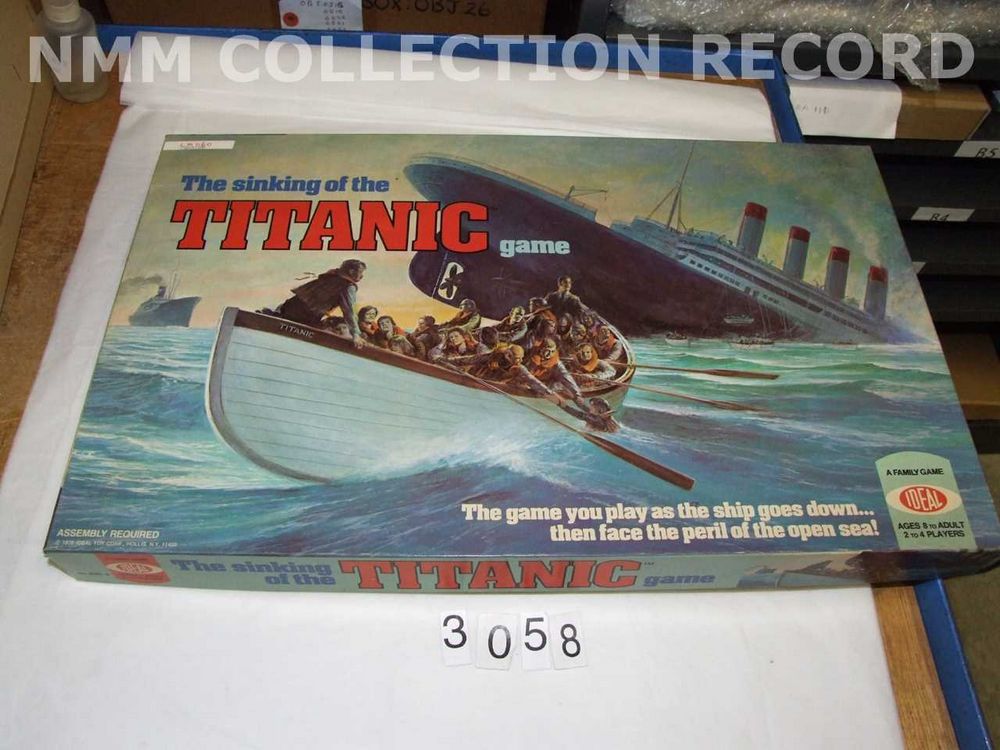
The Sinking of the Titanic Board Game is designed to provide players with an interactive and immersive experience of the tragic event that took place on April 15, 1912. While the game aims to entertain and engage players, it also strives to maintain a high level of historical accuracy.
Extensive research has been conducted to ensure that the game reflects the real events and details surrounding the sinking of the Titanic. The game board, cards, and pieces have been meticulously designed to accurately represent the ship and its layout, as well as the passengers and crew members on board.
The game incorporates various historical elements, such as the different classes of passengers, the ship’s amenities, and the events leading up to the collision with the iceberg. Players will have the opportunity to make decisions and navigate through the game based on the actual circumstances faced by the passengers and crew during the disaster.
In addition to the physical components of the game, the rules and mechanics have also been carefully crafted to align with historical records. The game’s timeline and events are based on the actual sequence of events that occurred on the night of the sinking, providing players with a realistic and educational experience.
While the game allows for strategic decision-making and alternate outcomes, it remains grounded in historical facts and aims to honor the memory of those who lost their lives in the tragedy. By immersing players in the historical context, the game serves as a reminder of the human stories and the impact of the Titanic’s sinking.
| Historical Accuracy Highlights |
|---|
| Authentic representation of the ship’s layout |
| Inclusion of different passenger classes and amenities |
| Accurate portrayal of events leading up to the collision |
| Based on the actual sequence of events |
| Respects the memory of those who perished |
Educational Value
The Sinking of the Titanic Board Game offers a unique and engaging way for players to learn about the historical events surrounding the sinking of the Titanic. By immersing themselves in the game, players can gain a deeper understanding of the challenges faced by the passengers and crew on that fateful night.
Through strategic decision-making and problem-solving, players are able to experience the complexities of navigating a large ship through treacherous waters. They must consider factors such as weather conditions, iceberg detection, and communication systems, all of which played a role in the Titanic’s demise.
Historical Accuracy
One of the strengths of this game is its commitment to historical accuracy. The creators have meticulously researched the details of the Titanic’s design, layout, and the events leading up to its sinking. This attention to detail allows players to gain a more realistic and accurate understanding of the tragedy.
Additionally, the game provides players with historical context through informative cards and event descriptions. These resources offer insights into the social and cultural aspects of the time period, further enhancing the educational value of the game.
Empathy and Perspective
By assuming the roles of different passengers and crew members, players are able to develop empathy and gain a deeper understanding of the human stories behind the Titanic disaster. This perspective-taking exercise encourages players to consider the experiences and emotions of those onboard, fostering a sense of empathy and connection to the historical event.
Furthermore, the game prompts players to think critically about the decisions made by the ship’s officers and the potential consequences of those decisions. This encourages players to analyze historical events from multiple perspectives and develop their critical thinking skills.
In conclusion, The Sinking of the Titanic Board Game offers a valuable educational experience by combining historical accuracy, strategic thinking, and empathy-building. It provides an interactive and immersive way for players to learn about the Titanic disaster and gain a deeper understanding of the complexities and human stories surrounding it.